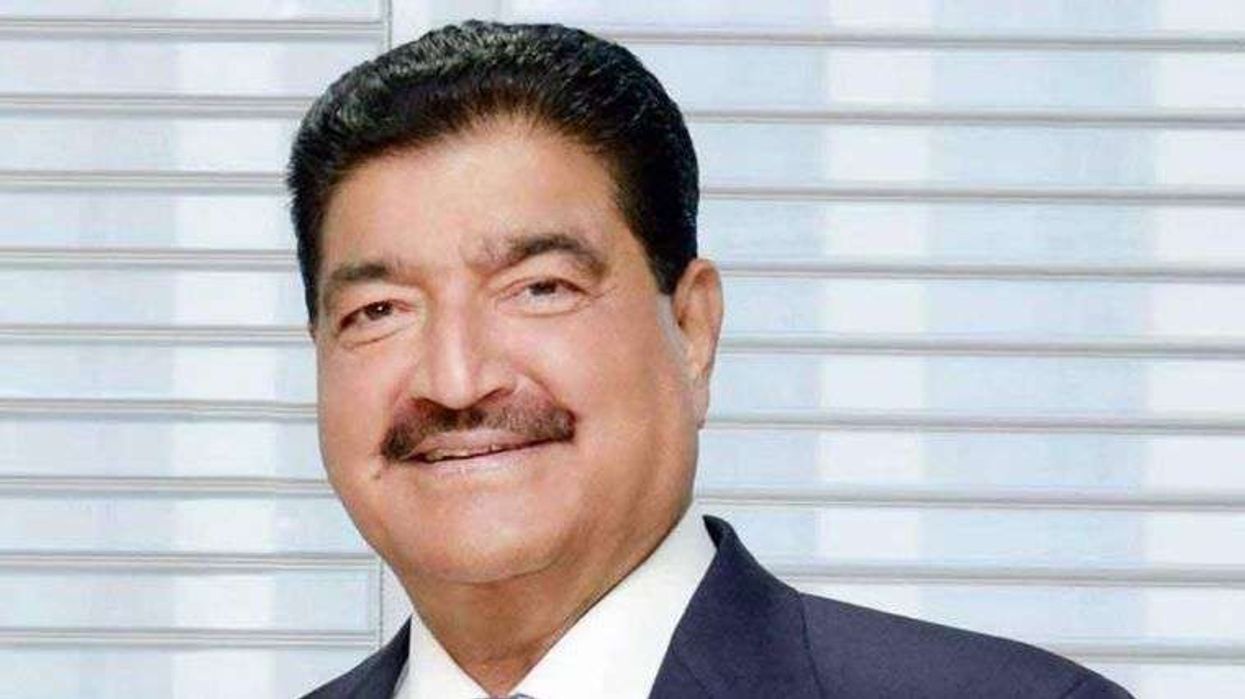Highlights:
- Delhi’s air quality dropped to hazardous levels after Diwali, topping global pollution charts.
- IQAir recorded a reading of 442 for New Delhi, 59 times higher than WHO’s recommended level.
- Supreme Court had allowed limited use of “green crackers”, but violations were reported.
- Lahore ranked second most polluted city with an air quality reading of 234.
AIR quality in New Delhi deteriorated to hazardous levels on Tuesday (October 21), with pollution readings the highest in the world, according to Swiss group IQAir. The spike followed the use of firecrackers during Diwali, the Hindu festival of lights.
The Supreme Court of India had last week relaxed a ban on firecrackers in the city, allowing the use of “green crackers” for a maximum of three hours each on Sunday and Monday. However, Reuters witnesses reported that firecrackers were set off outside the permitted time.
Emissions from green crackers are 30 to 50 per cent lower than conventional fireworks.
IQAir recorded a reading of 442 for New Delhi, making it the most polluted major city in the world. The PM 2.5 concentration was more than 59 times higher than the World Health Organisation’s recommended annual guideline.
PM 2.5 refers to particulate matter measuring 2.5 microns or less in diameter that can enter the lungs and increase the risk of deadly diseases and cardiac problems.
India’s Central Pollution Control Board (CPCB) rated the city’s air quality as “very poor” with an air quality index (AQI) of 350. CPCB considers an AQI between 0 and 50 as good.
The Ministry of Earth Sciences forecast that Delhi’s air quality is likely to remain in the “Very Poor to Poor” category in the coming days, with AQI levels expected between 201 and 400.
Delhi and its neighbouring districts experience smog every winter as cold air traps construction dust, vehicle emissions and smoke from agricultural fires. The pollution affects many of the city’s 20 million residents, leading to respiratory illnesses.
In the past, authorities have closed schools, suspended construction work and restricted the use of private vehicles to reduce pollution levels.
India is not the only South Asian country facing severe air pollution.
In Pakistan’s Punjab province, which borders India, the government has implemented an “emergency plan” to tackle toxic air. The plan includes measures against farm fires and smoke-emitting vehicles, and the use of anti-smog guns in highly polluted areas.
The air quality reading for Lahore, the provincial capital, was 234 — the second highest in the world, according to IQAir.
“Right now, the major issue is the air coming from Indian Punjab and other parts, which is affecting the air quality in various parts of Pakistani Punjab,” said Sajid Bashir, spokesperson for Punjab’s Environment Protection Agency.
(With inputs from agencies)
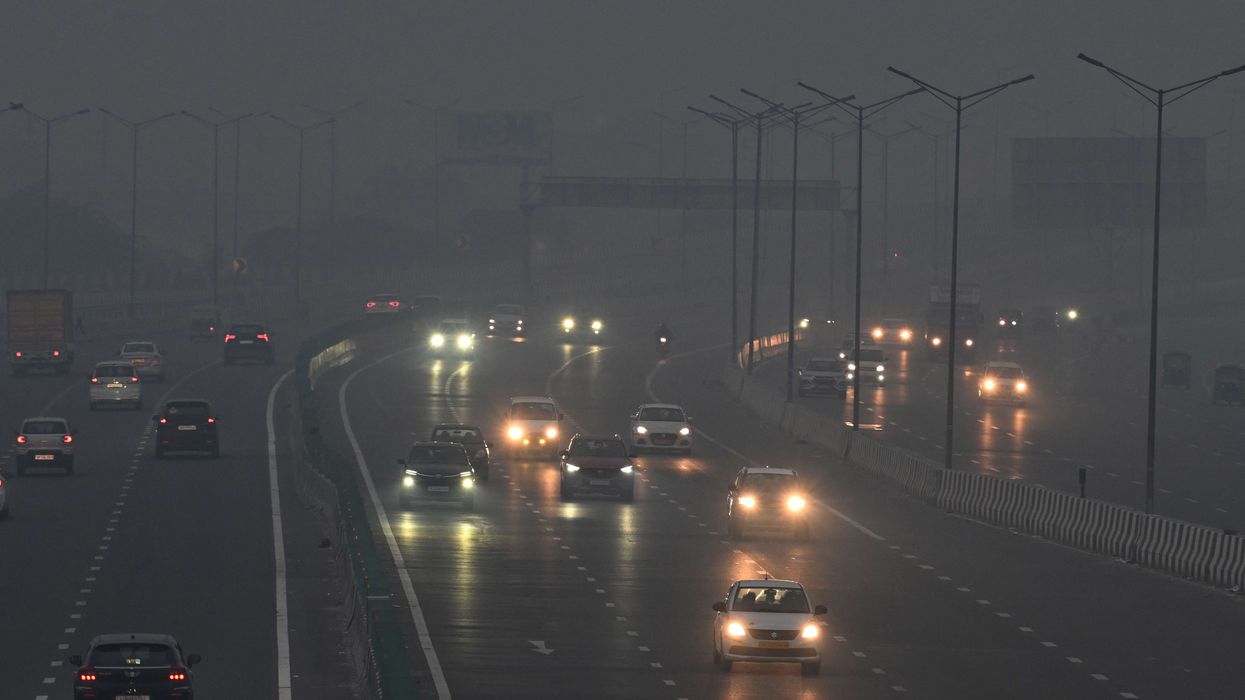
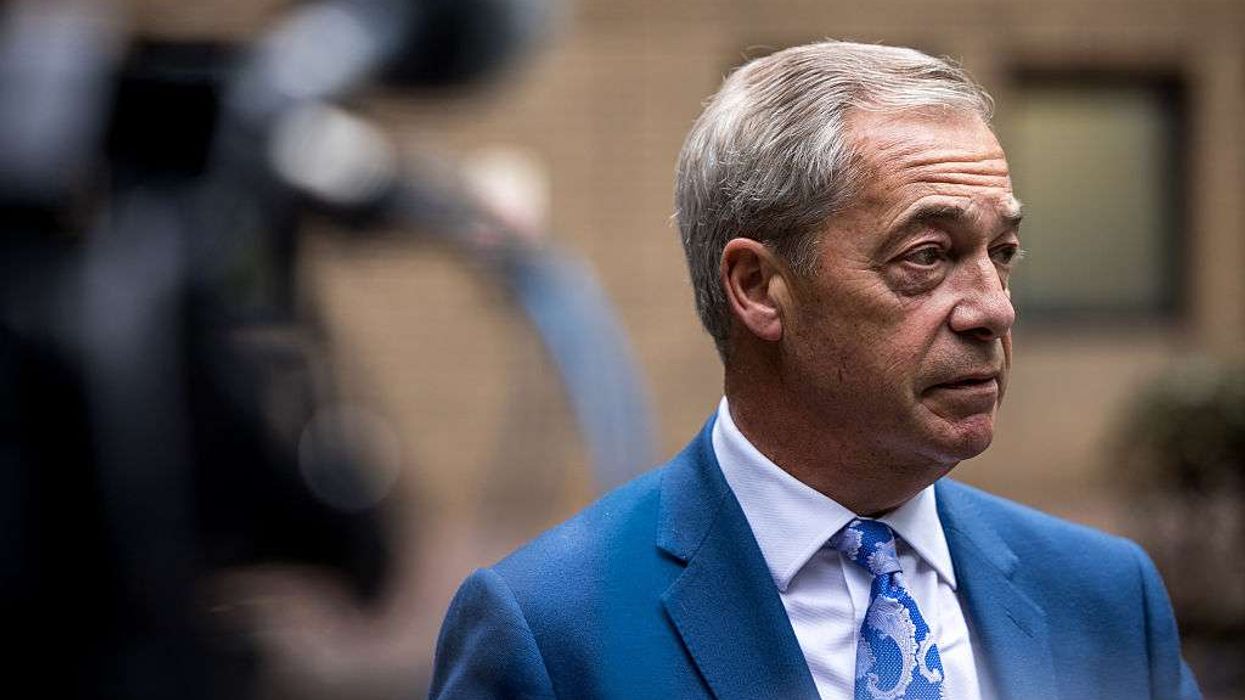
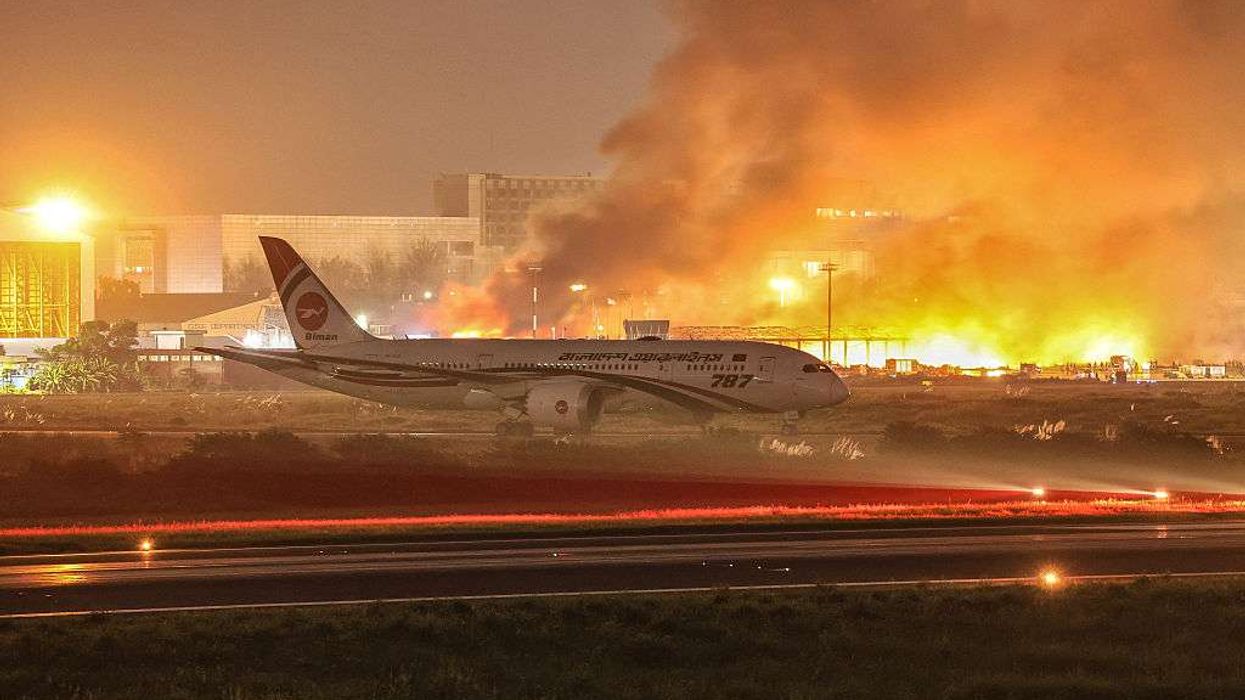
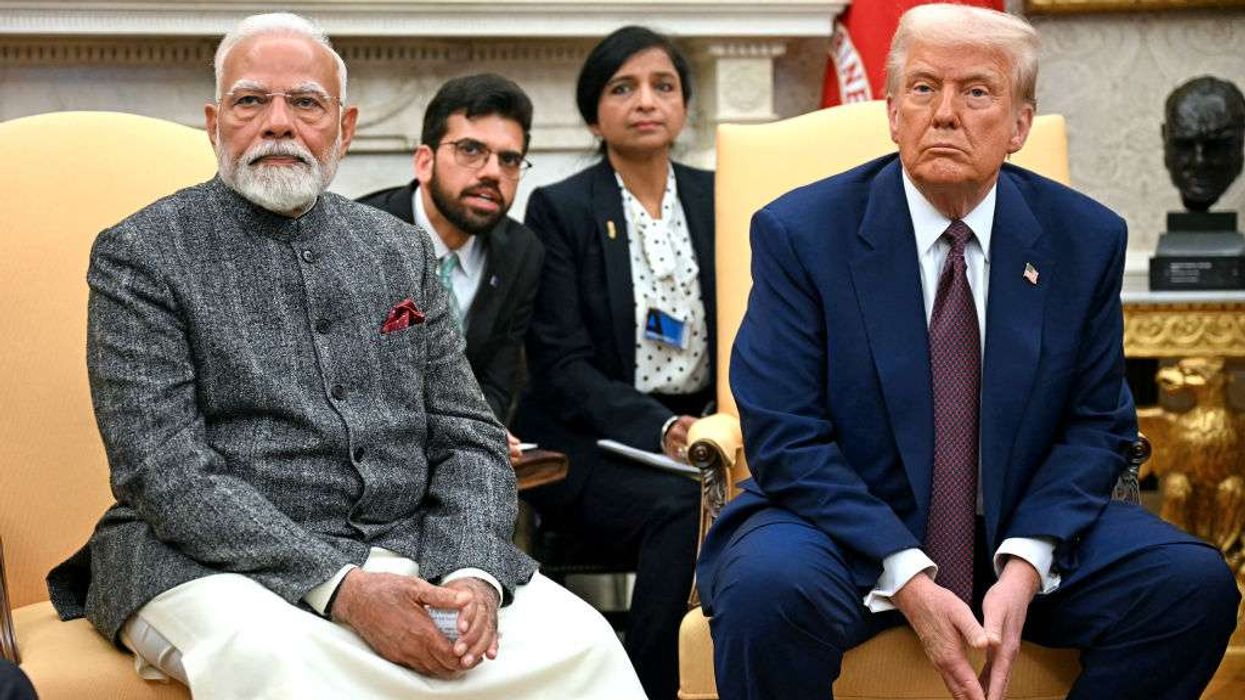
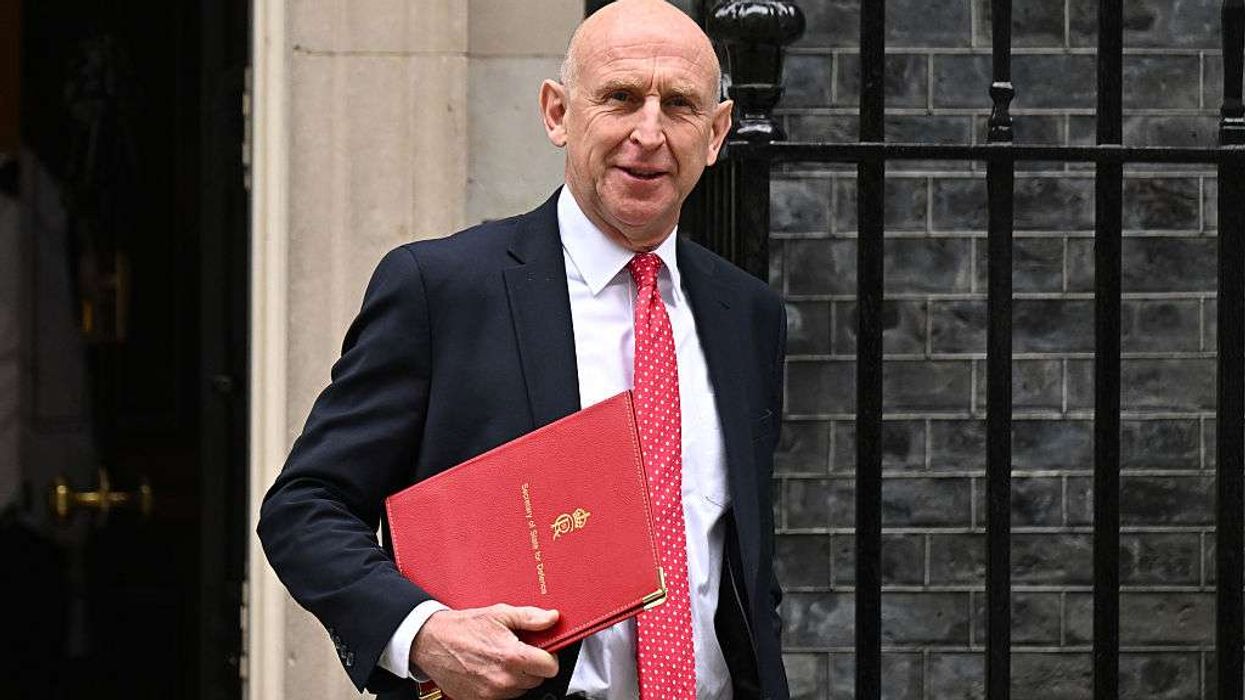
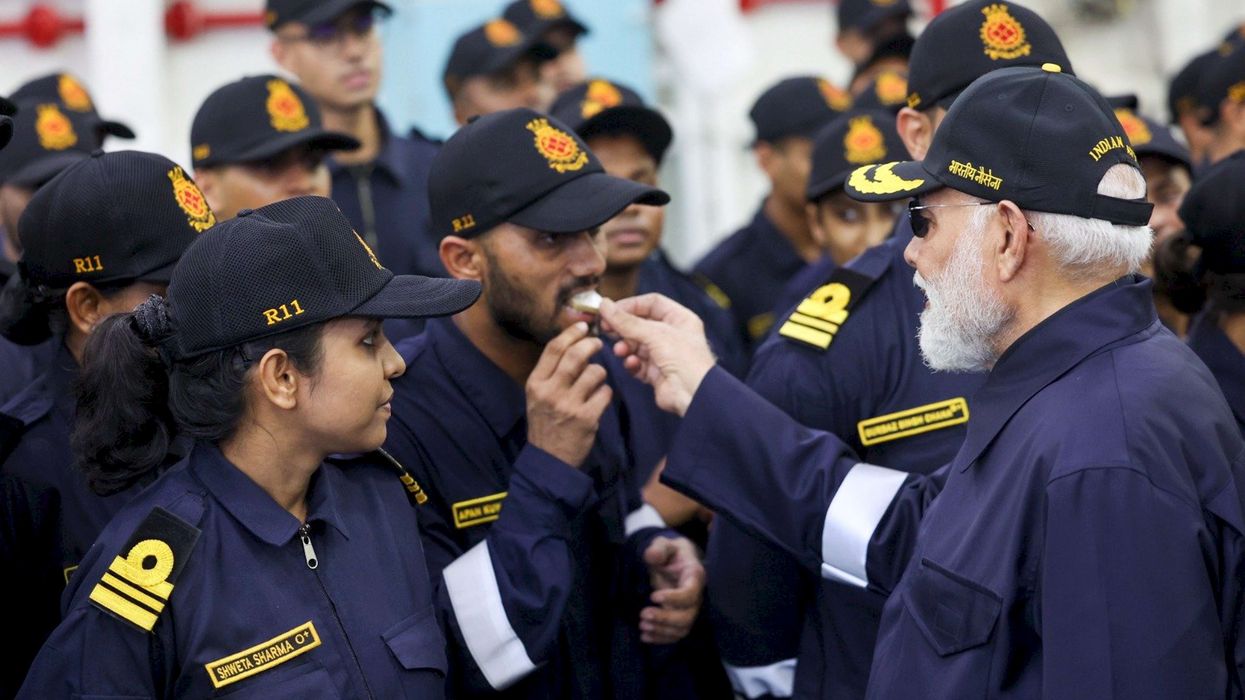
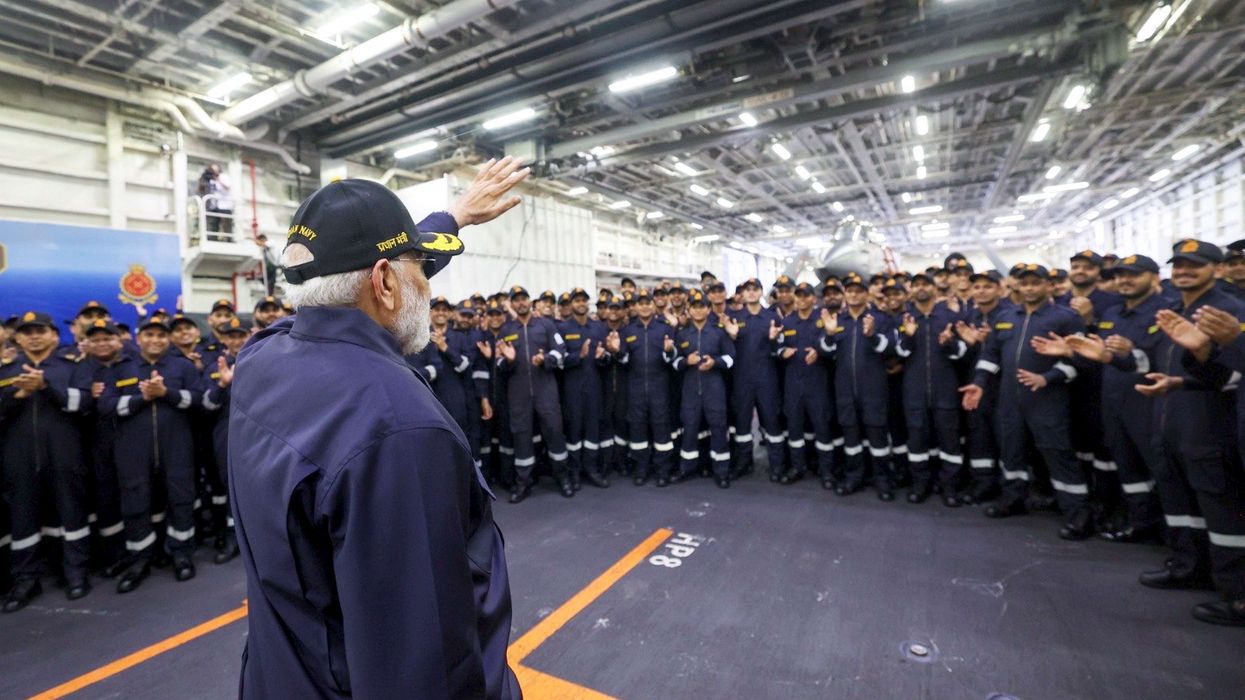 Modi interacts with naval personnel aboard INS Vikrant. (Handout via PTI Photo)
Modi interacts with naval personnel aboard INS Vikrant. (Handout via PTI Photo)



